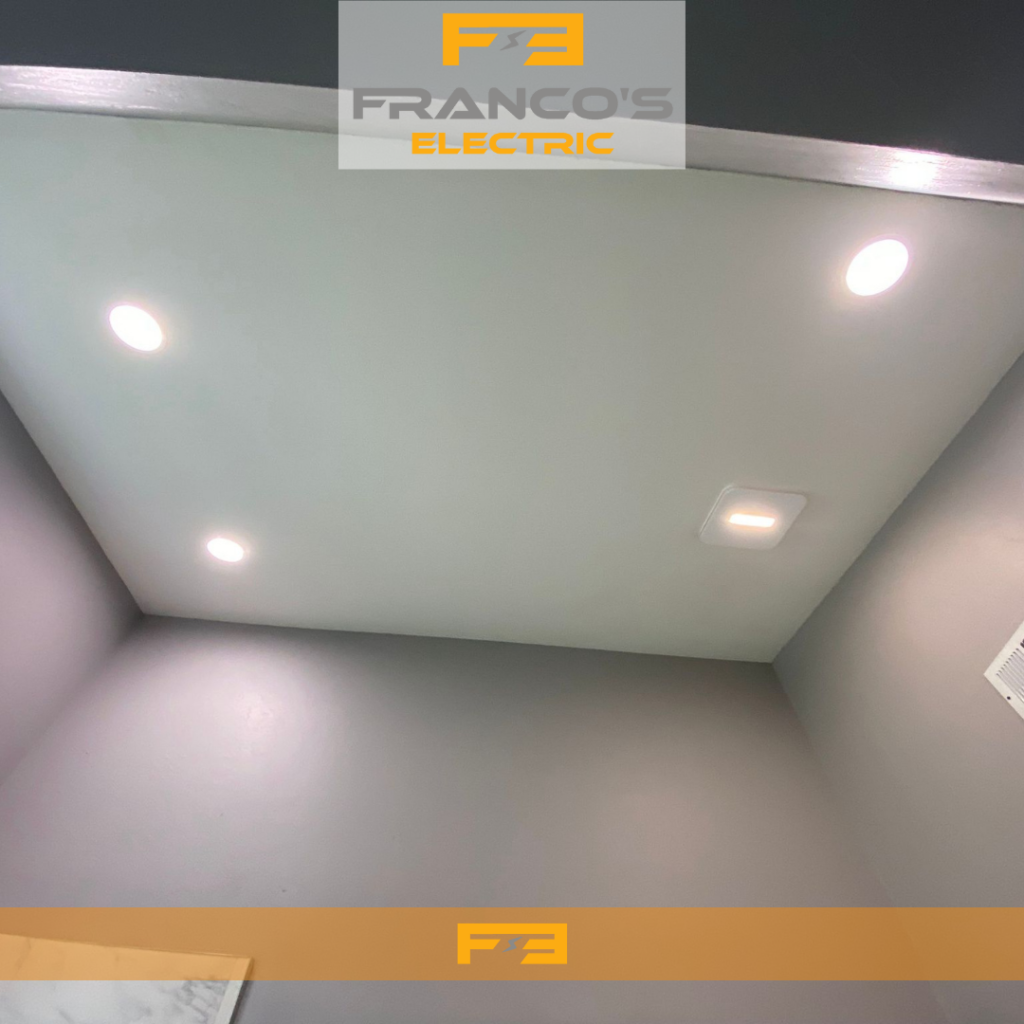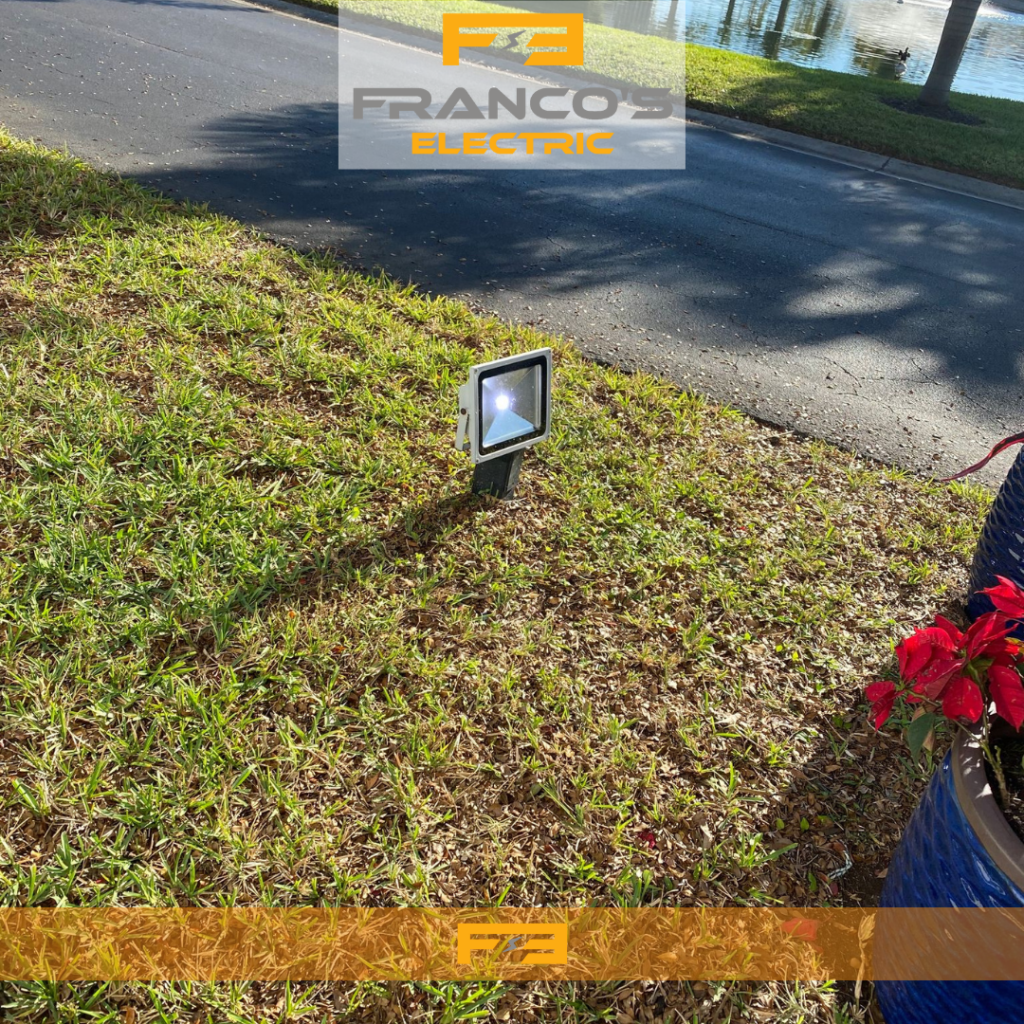If you eventually have decided to switch to LED lights from bulbs to save capitalism on all those electrical bills that none seems to reduce in those figures. LED stands for light-emitting diode. LED lighting products produce light up to 90% more efficiently than incandescent light bulbs. An electrical current passes through a microchip, which illuminates the tiny light sources we call LEDs and the result is visible light. To prevent performance issues, the heat LEDs produce is absorbed into a heat sink.
Let’s take a look at why and how you can start and how to eventually make the switch to LED lighting.
- One of the primary reasons you should switch to an LED light is because it uses 90% lower energy than an original incandescent or halogen bulb. However, it will be suitable to replace it with a 5w If you have a 50w bulb.
- LED bulb and get the same quantum of lighting. This is due to the enormous quantum of heat that’s produced when electricity passes through a traditional bulb whereas in an LED far less energy is wasted.
- If you have halogen headlights in your home also you’re familiar with how important a hassle it’s to replace them all the time as they blow on a regular basis.
- The LED bulbs last roughly 20 times longer than that.
- You can get the nice warm light color evocative of incandescent bulbs, but using LED lighting you can get any color on the color temperature map.
- LED lights emit this light with a constant color as well as temperature.
- LED lights give instant lighting.
- LEDs don’t have any hair in them which needs to toast up first which is why you get instant lighting because they use lower energy to cheer up your space.
LEDs are “directional” light sources, which means they emit light in a specific direction, unlike incandescent and CFL, which emit light and heat in all directions. That means LEDs are able to use light and energy more efficiently in a multitude of applications. However, it also means that sophisticated engineering is needed to produce an LED light bulb that shines light in every direction. Common LED colors include amber, red, green, and blue. To produce white light, different color LEDs are combined or covered with a phosphor material that converts the color of the light to a familiar “white” light used in homes. Phosphor is a yellowish material that covers some LEDs. Colors are widely used as signal lights and indicator lights, like the power button on a computer.
The initial cost of an LED used to be about double what an incandescent bulb costs. But the costs have been coming down, and now it’s hard to find bulbs that aren’t LEDs. That’s because they’re so much more efficient than incandescent bulbs that they save money in the long term. That’s made them the go-to product for the lighting industry.
The average American home has around 40 light bulbs. Replacing all of those with LEDs could result in savings of $300 a year on energy costs.



